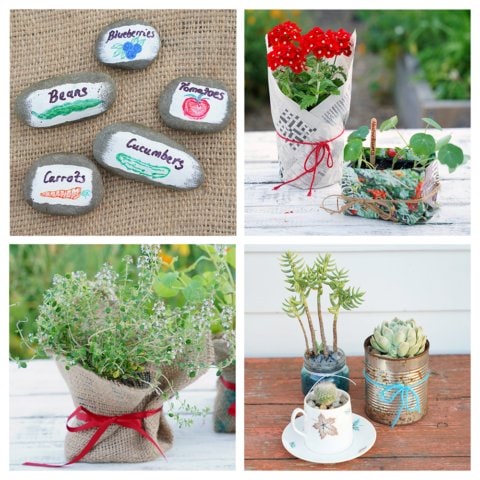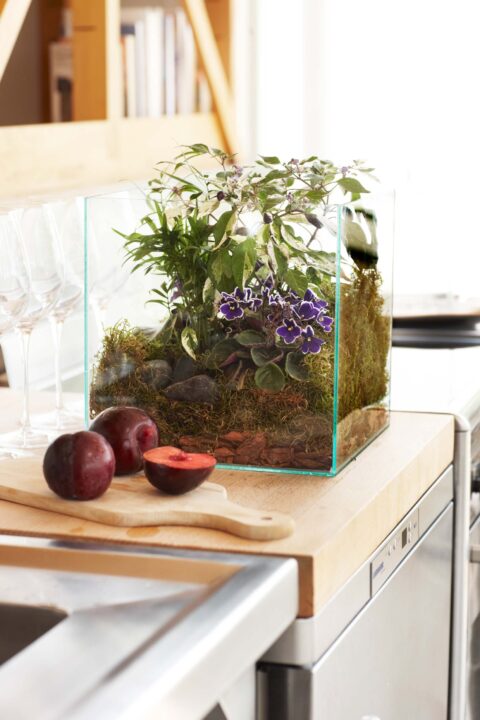Imagine the joy of picking fresh, crisp asparagus straight from your garden. To grow your own, you’ll need plenty of space and lots of patience, because it will be a couple of years before your first harvest.
Asparagus has been on the menu since ancient times; it’s been spotted as an offering on an Egyptian frieze from 3000BC, and the Greeks and Romans dried it to eat in winter. Even Emperor Augustus knew not to overcook it. He coined the expression “faster than cooking asparagus” for times when speed was of the essence.
If you want to grow your own asparagus, you’ll need a sunny spot, lots of space and plenty of patience, because growing asparagus is a waiting game. Jo Duff, of Kahikatea Farm, a Hawke’s Bay permaculture farm and organic nursery, has been selling asparagus plants for 15 years, but every year the plants sell out and she’s never managed to save any for herself. But this year she’s got a well-drained spot ready, enriched with chicken and cow manure from the farm, which will be covered with wet cardboard and woodchip mulch. Plants should be about 45cm apart, and Jo always plants on the diagonal, to fit more in. Each plant will produce about 20 spears per season, so you’ll need a fair few to feed a family. Plant from July in warmer areas, from September in cooler parts of the country.
Jo prefers heirloom ‘Mary Washington’ and ‘Sweet Purple’ asparagus, but you can buy hybrids that might crop more heavily.
Now comes the waiting part. Hands off in the first year – don’t pick any asparagus, as the ferny foliage feeds the plant; in the second year you can sneak a few spears, but it’s only in the third year that you’ll get a proper harvest. Because asparagus is a perennial, which stays in the same spot for years, it’s good for the soil, allowing beneficial micro-organisms to do their work, so it’s an ideal plant to intersperse with annual veges, Jo says.
Asparagus is full of goodies, including vitamins A, C, E and K and folate. It also contains asparagusic acid, which is why post-asparagus pee smells funny – it breaks down into by-products that contain sulphur.
How to use it? Eat it raw (thinly sliced in salads), lightly steam and dress with melted butter and a touch of lemon, add it to a frittata, or try it Yotam Ottolenghi style – roasted in the oven and topped with fried sliced almonds and capers. For a contemporary take on asparagus rolls, use lightly steamed spears, buttered fresh bread and a dollop of good quality mayonnaise.








